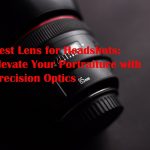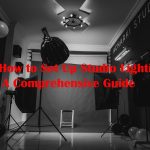
DSLR for Video Shooting: A Complete Guide
Introduction
In recent years, digital single-lens reflex (DSLR) cameras have gained immense popularity in the world of video shooting. These versatile devices offer exceptional video quality, creative control, and flexibility, making them a preferred choice for both amateur and professional videographers. In this article, we will delve into the world of DSLR cameras and explore why they are an excellent option for shooting high-quality videos. If you’re passionate about creating captivating videos and want to take your filmmaking to the next level, DSLR for video shooting is your gateway to endless possibilities.
Understanding DSLR Cameras
What is a DSLR Camera?
A DSLR camera is a type of digital camera that uses a mirror mechanism to reflect light from the camera’s lens to an optical viewfinder. This mechanism allows you to see the exact image that the camera’s sensor will capture. DSLRs are equipped with large image sensors, which contribute to better image quality and low-light performance.
Benefits of Using DSLRs for Video Shooting
DSLR cameras offer several advantages for video shooting, including:
- High-Quality Video: DSLRs capture video in high resolution, producing stunning visual content.
- Interchangeable Lenses: Videographers can use various lenses to achieve different creative effects.
- Manual Control: DSLRs allow full manual control over settings like aperture, shutter speed, and ISO.
- Depth of Field: With larger sensors, DSLRs create a shallow depth of field, ideal for cinematic shots.
Key Features to Consider
When choosing a DSLR camera for video shooting, consider the following features:
- Sensor Size and Image Quality: Larger sensors generally result in better image quality and improved low-light performance.
- Video Resolution and Frame Rates: Look for cameras that support at least Full HD (1080p) resolution and multiple frame rate options.
- Low Light Performance: Check the camera’s ISO range to ensure it performs well in low-light conditions.
- Autofocus System: A reliable autofocus system is essential for smooth and accurate focus tracking.
- External Microphone Support: Choose a camera with microphone input for better audio quality.
- Image Stabilization: Built-in or lens-based stabilization reduces camera shake in handheld shooting.
- Connectivity and Ports: Ensure the camera has the necessary ports for external accessories like microphones and monitors.
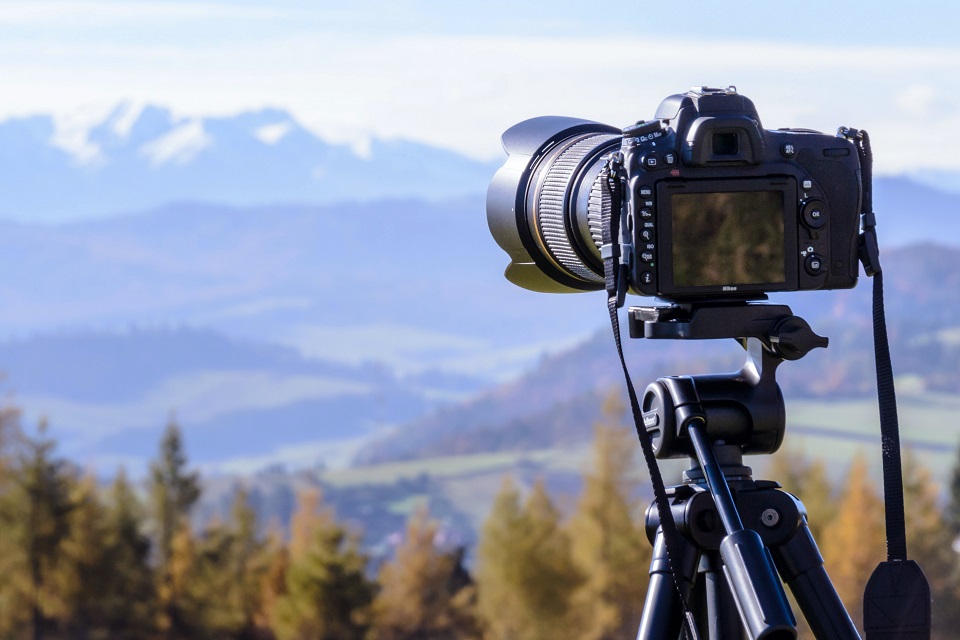
Choosing the Right DSLR Camera for Video Shooting
Now that you understand the key features of DSLR cameras, let’s explore how to pick the perfect one for your video shooting needs.
Sensor Size and Image Quality
The size of a camera’s image sensor significantly impacts image quality. Larger sensors capture more light, resulting in cleaner and more detailed footage. Full-frame sensors are preferred for professional video work, but APS-C and Micro Four Thirds sensors also offer excellent results.
Video Resolution and Frame Rates
For crisp and clear videos, aim for a camera that supports at least Full HD (1080p) resolution. Some advanced DSLRs can even shoot in 4K, which delivers stunning details. Additionally, having multiple frame rate options (e.g., 24fps, 30fps, 60fps) allows for creative flexibility.
Low Light Performance
Shooting in low-light situations is common in videography. A DSLR with good low-light performance and a wide ISO range will allow you to capture better footage in challenging lighting conditions.
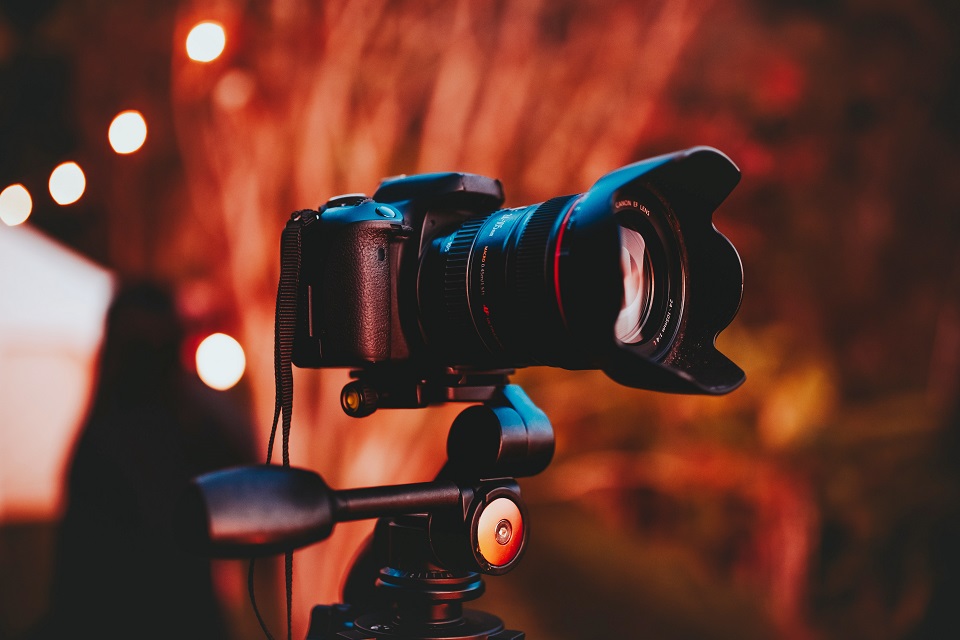
Autofocus System
In video shooting, smooth and accurate autofocus is crucial. Look for DSLRs with advanced autofocus systems that offer face detection and subject tracking to maintain focus on moving subjects.
External Microphone Support
While DSLRs can capture excellent video, their built-in microphones may not deliver the desired audio quality. A camera with an external microphone input will enable you to attach an external mic for clearer sound recording.
Image Stabilization
To avoid shaky footage, choose a DSLR with in-body or lens-based image stabilization. This feature compensates for camera movement, resulting in smoother videos when shooting handheld.
Connectivity and Ports
Ensure the camera has the necessary ports for connecting external accessories like microphones, headphones, and external monitors. Having a headphone jack is beneficial for monitoring audio quality while recording.
Best DSLRs for Video Shooting
Now that you know what features to look for, here are some of the best DSLR cameras for video shooting along with their specifications and pros & cons:
1. Canon EOS 5D Mark IV
The Canon EOS 5D Mark IV is a professional full-frame DSLR that excels in both photography and videography. It offers 4K video recording, an advanced Dual Pixel autofocus system, and excellent low-light performance.
- Specifications:
- Sensor: Full-frame CMOS sensor (30.4 MP)
- Video Resolution: 4K at 30fps, Full HD at 60fps
- Autofocus: Dual Pixel CMOS AF
- Image Stabilization: No built-in stabilization
- External Microphone Input: Yes
- Connectivity: USB 3.0, HDMI, Wi-Fi, NFC
- Pros:
- Excellent image quality and low-light performance
- Dual Pixel autofocus for smooth focus tracking in videos
- A wide range of compatible lenses is available
- Robust build quality for professional use
- Cons:
- No in-body image stabilization
- 4K video limited to 1.74x crop mode
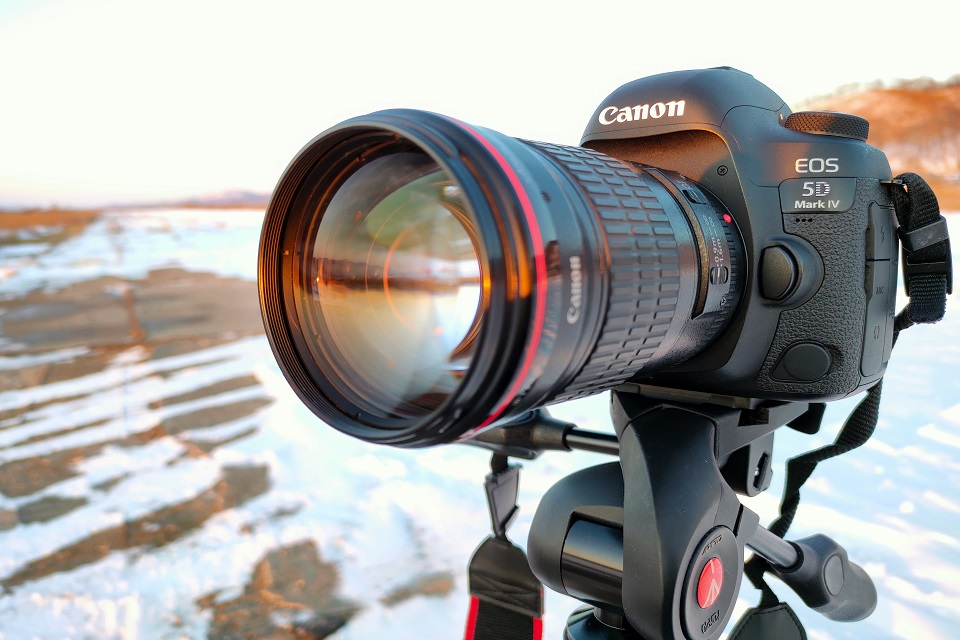
2. Sony Alpha a7 III
The Sony Alpha a7 III is a mirrorless camera with a full-frame sensor that boasts impressive video capabilities. It supports 4K recording, features 5-axis in-body stabilization, and provides a wide range of compatible lenses.
- Specifications:
- Sensor: Full-frame Exmor R CMOS sensor (24.2 MP)
- Video Resolution: 4K at 30fps, Full HD at 120fps
- Autofocus: Fast Hybrid AF
- Image Stabilization: 5-axis in-body stabilization
- External Microphone Input: Yes
- Connectivity: USB-C, HDMI, Wi-Fi, NFC
- Pros:
- Impressive low-light performance with a high ISO range
- 5-axis in-body image stabilization for steady footage
- Fast autofocus with eye and subject tracking
- Compact and lightweight design
- Cons:
- Limited touchscreen functionality
- Limited 4K video recording options
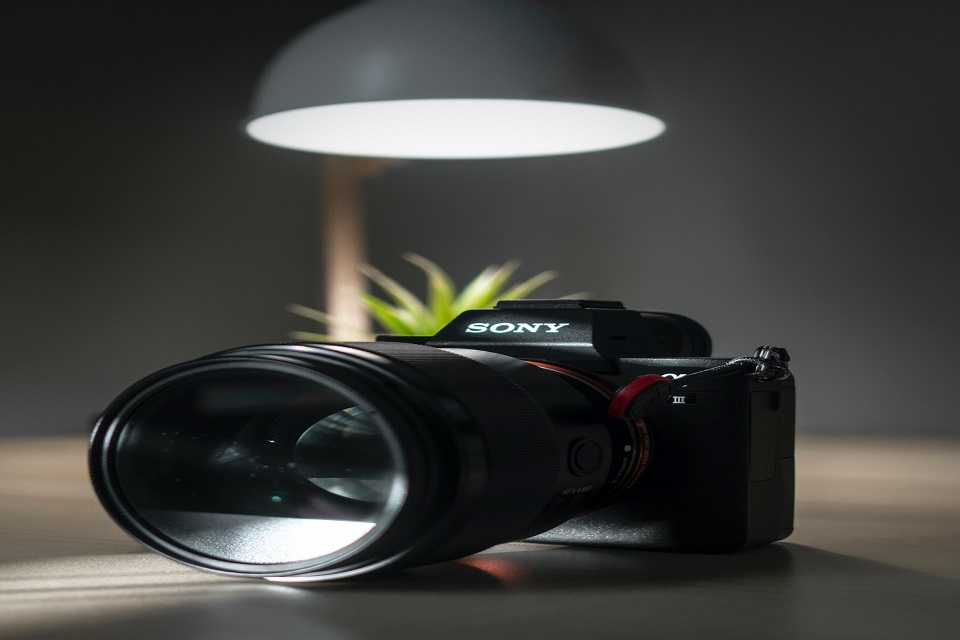
3. Nikon D850
The Nikon D850 is a powerful DSLR that delivers outstanding image quality and video performance. It shoots 4K videos, features an impressive autofocus system, and has a tilting touchscreen for easy control.
- Specifications:
- Sensor: Full-frame BSI CMOS sensor (45.7 MP)
- Video Resolution: 4K at 30fps, Full HD at 120fps
- Autofocus: Advanced Multi-CAM 20K autofocus
- Image Stabilization: No built-in stabilization
- External Microphone Input: Yes
- Connectivity: USB 3.0, HDMI, Wi-Fi, Bluetooth
- Pros:
- High-resolution sensor for detailed video footage
- Impressive dynamic range and color accuracy
- Robust build quality for rugged use
- A wide range of compatible lenses is available
- Cons:
- No in-body image stabilization
- Limited 4K video options
4. Panasonic Lumix GH5
The Panasonic Lumix GH5 is a micro four-thirds mirrorless camera known for its exceptional video features. It supports 4K at 60fps, has dual image stabilization, and offers high bit rates for professional videography.
- Specifications:
- Sensor: Micro Four Thirds Live MOS sensor (20.3 MP)
- Video Resolution: 4K at 60fps, Full HD at 180fps
- Autofocus: Depth from Defocus (DFD) AF
- Image Stabilization: 5-axis in-body stabilization
- External Microphone Input: Yes
- Connectivity: USB-C, HDMI, Wi-Fi, Bluetooth
- Pros:
- 4K video at high frame rates for slow-motion effects
- 5-axis in-body image stabilization for steady handheld shooting
- High-speed autofocus for quick subject tracking
- Vari-angle touchscreen for easy framing
- Cons:
- Smaller sensors compared to full-frame cameras
- Lower resolution sensor for photos compared to some competitors
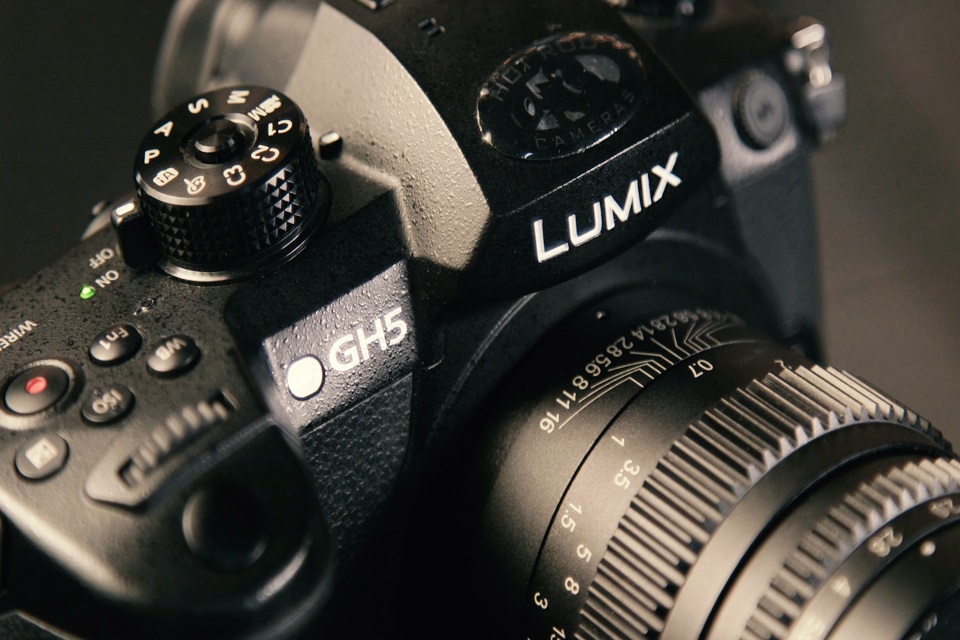
5. Blackmagic Pocket Cinema Camera 4K
The Blackmagic Pocket Cinema Camera 4K is a compact and affordable cinema camera designed explicitly for video shooting. It supports 4K raw recording, has a 5-inch touchscreen display, and offers a wide dynamic range.
- Specifications:
- Sensor: Micro Four Thirds sensor (4/3 size)
- Video Resolution: 4K DCI at 60fps, Full HD at 120fps
- Autofocus: Contrast detection AF
- Image Stabilization: No built-in stabilization
- External Microphone Input: Yes
- Connectivity: USB-C, HDMI, 3.5mm audio jack
- Pros:
- True cinematic 4K recording with high dynamic range
- Compact and lightweight design for portability
- Professional-grade recording codecs (ProRes and RAW)
- Large touchscreen for easy menu navigation
- Cons:
- No in-body image stabilization
- Limited battery life for extended shooting sessions
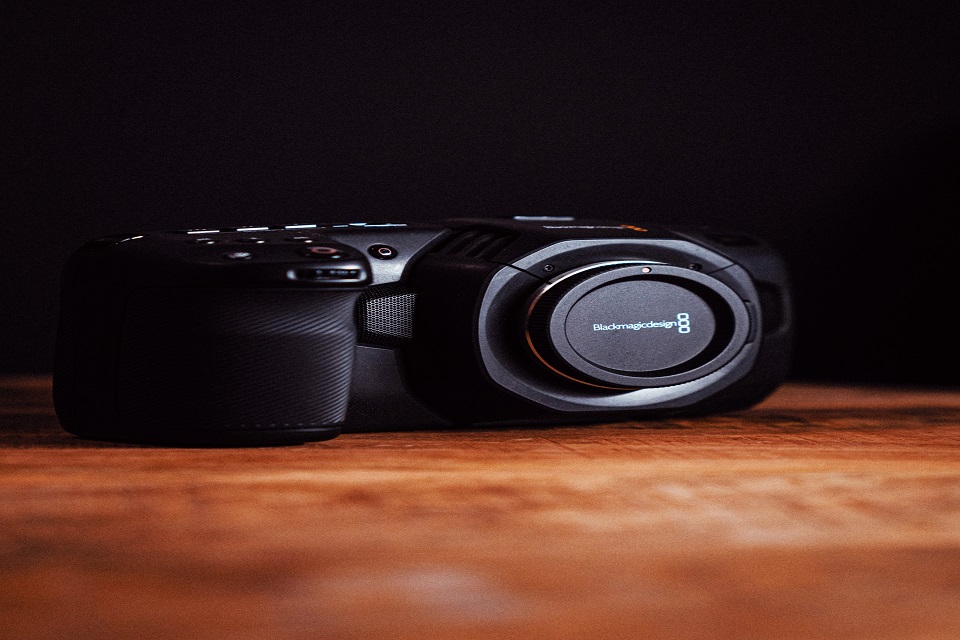
DSLR Video Accessories
To enhance your DSLR video shooting experience, consider investing in the following accessories:
Tripods and Gimbals
- Tripods: Sturdy tripods help stabilize your camera, allowing you to achieve smooth and professional-looking shots.
- Gimbals: Motorized gimbals further stabilize your camera and enable smooth tracking shots and dynamic camera movements.
External Microphones
High-quality external microphones improve audio clarity and reduce unwanted noise during recording. Shotgun microphones are especially useful for capturing focused audio.
Camera Straps and Carrying Gear
Comfortable camera straps and carrying gear keep your DSLR secure and accessible during filming, ensuring ease of use and mobility.
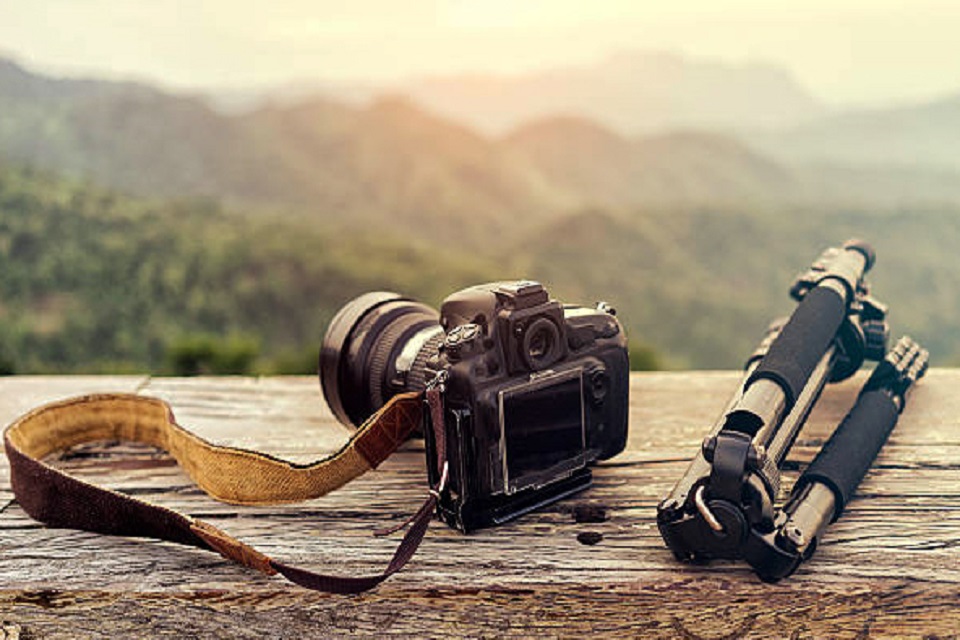
Additional Batteries and Chargers
Ensure you have extra batteries and chargers to avoid running out of power during extended shooting sessions. This ensures uninterrupted filming and saves you from missing crucial moments.
Tips for Shooting High-Quality Videos with a DSLR Camera
Shooting videos with a DSLR requires a different approach compared to traditional camcorders. Here are some tips to help you achieve professional-looking results:
Use Manual Settings
Manual settings give you more control over your footage. Adjust the aperture, shutter speed, and ISO to achieve the desired exposure and creative effects.
Utilize ND Filters
Neutral Density (ND) filters are essential for controlling the amount of light entering the camera. They allow you to use wider apertures in bright conditions and achieve smoother motion blur.
Stabilize Your Shots
Invest in a sturdy tripod or gimbal to avoid shaky footage. Stable shots create a more professional and engaging video.
Mind Your Audio
Good audio quality is as important as video quality. Use an external microphone for better sound recording and monitor audio levels during shooting.
Pay Attention to Lighting
Proper lighting can dramatically enhance your video. Use natural light or invest in lighting equipment for well-lit and visually appealing shots.
Plan Your Shots
Storyboard your video and plan your shots in advance. This will save time during filming and help you achieve a cohesive narrative.
Experiment with Different Lenses
Lenses can drastically change the look and feel of your videos. Try various lenses to discover unique perspectives and visual styles.
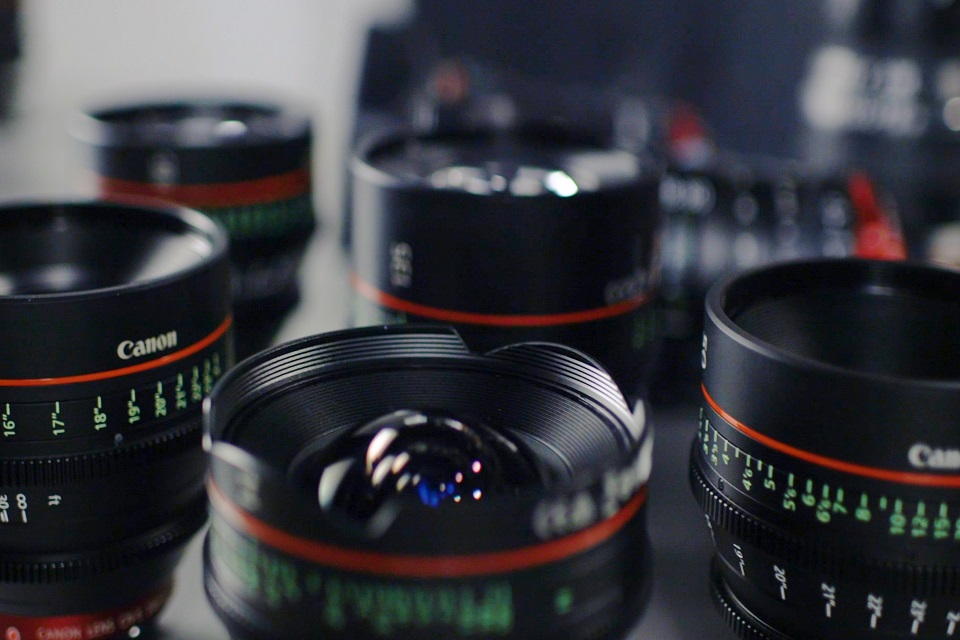
Post-Processing and Editing
After shooting, post-processing and editing play a vital role in the final video’s quality. Here are some post-production steps to consider:
Choosing the Right Editing Software
Select a video editing software that suits your needs and skill level. Adobe Premiere Pro, Final Cut Pro, and DaVinci Resolve are popular choices among videographers.
Color Grading
Color grading enhances the visual aesthetics of your video. Experiment with different color palettes to evoke the desired emotions in your audience.
Adding Effects and Transitions
Use effects and transitions judiciously to add visual interest and smooth transitions between scenes.
Common Mistakes to Avoid
When shooting with a DSLR, it’s essential to be aware of common mistakes that can negatively impact your video quality:
Ignoring Audio Quality
Poor audio can ruin an otherwise excellent video. Always use an external microphone to capture clear and professional audio.
Overusing Autofocus
While autofocus is convenient, excessive use can lead to distracting focus hunting. Use manual focus for more control over your shots.
Shooting in the Wrong Format
Choose the appropriate video format and resolution based on your project’s requirements. Shooting in the wrong format can result in compatibility issues during editing.
Neglecting White Balance
Improper white balance can result in unnatural colors. Adjust the white balance settings to match the lighting conditions.
Disregarding Composition
A well-composed shot captures the viewer’s attention. Pay attention to framing and leading lines to create visually pleasing shots.
Budget Considerations
When purchasing a DSLR for video shooting, consider your budget and find a balance between features and affordability.
Finding the Right Balance
While high-end DSLRs offer excellent features, mid-range models can still deliver impressive results at a lower cost.
Investing in Lenses
Allocate a portion of your budget to invest in quality lenses. Lenses play a crucial role in the overall image and video quality.
Conclusion
DSLR cameras provide a fantastic platform for shooting high-quality videos. Their versatility, image quality, and creative control make them a top choice for both amateur and professional videographers. When choosing a DSLR for video shooting, consider factors like sensor size, video resolution, low-light performance, autofocus, and external microphone support. Additionally, investing in essential accessories and following best practices for shooting and editing will help you produce captivating and professional videos.
FAQs
1. What is the best DSLR for video shooting on a budget?
When it comes to budget-friendly options for video shooting, the Nikon D5600 stands out as an excellent choice. This camera offers a great balance between affordability and features, making it suitable for aspiring videographers on a tight budget. With its 24.2-megapixel APS-C sensor, Full HD video recording at up to 60fps, and flip-out touchscreen, the Nikon D5600 provides impressive image quality and user-friendly controls for video shooting.
2. Can I use a DSLR for live streaming?
Yes, DSLR cameras can be used for live streaming with the right setup. While not all DSLRs come with built-in live streaming capabilities, many models can still achieve this through HDMI or USB connections. By connecting your DSLR to a computer or a live streaming device and using compatible software, you can broadcast live video content to your desired platform.
3. Are DSLRs suitable for professional filmmaking?
Absolutely! DSLRs have become a popular choice for professional filmmaking due to their outstanding image quality, cinematic capabilities, and ability to interchange lenses for creative effects. Many filmmakers appreciate the DSLR’s large sensors, which allow for beautiful depth of field and excellent low-light performance. When paired with high-quality lenses and proper accessories, DSLRs can deliver professional-grade results for filmmaking projects.
4. How important is image stabilization in DSLR video shooting?
Image stabilization is an essential feature in DSLR video shooting, especially when recording handheld footage or capturing moving subjects. A stabilized image reduces unwanted camera shake, resulting in smoother and more professional-looking videos. Some DSLRs offer in-body image stabilization (IBIS), while others rely on lens-based stabilization (OIS). Both options are valuable tools for videographers seeking steady shots without the need for additional stabilizing equipment.
5. What are the top features to look for in a DSLR for video shooting?
When selecting a DSLR for video shooting, several key features should be considered. First and foremost is video resolution, with 4K being highly desirable for achieving stunning visual clarity. Autofocus performance is crucial for maintaining a sharp focus on subjects during video recording. Look for cameras with advanced autofocus systems that offer face and subject tracking. External microphone support is essential for capturing high-quality audio, as built-in microphones may not always deliver optimal sound. Additionally, a flip-out or articulating touchscreen can greatly aid in framing and controlling the camera while shooting videos.


